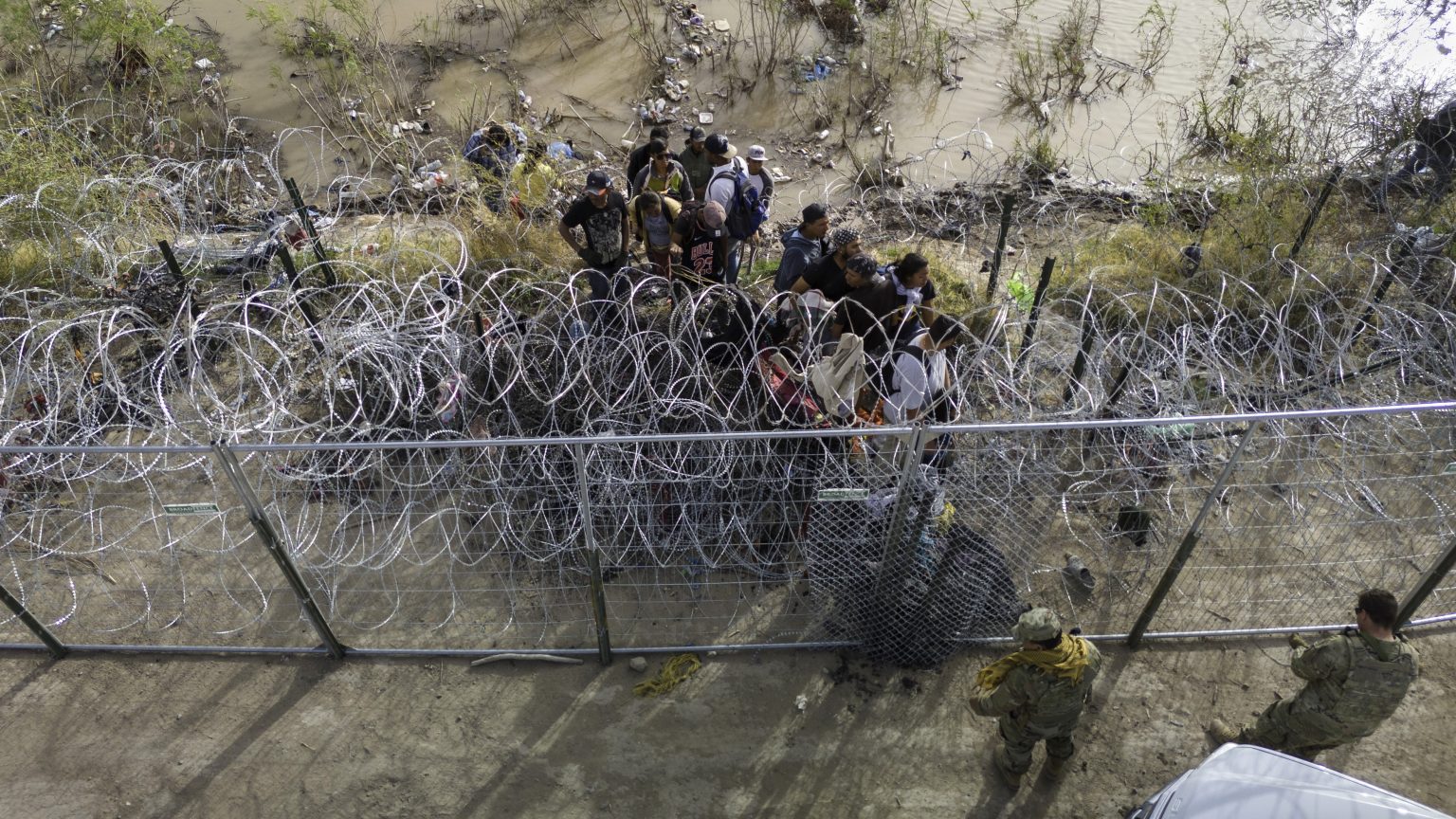The Mexican government announced that around 1.39 million undocumented migrants from 177 countries traveled through Mexico in the first five months of this year, with the majority aiming to reach the U.S. This number suggests that this year may see more migrants entering the country without proper documentation compared to last year. Immigration has become a highly debated topic, with politicians across the political spectrum clashing over the best approach to address the increasing numbers of migrants. Recent events, such as a mass crossing of over 1,000 migrants into the U.S. at El Paso, Texas, have heightened tensions, leading to threats from Republican Governor Greg Abbott to bus migrants to Washington, D.C., and the deployment of troops to the border by GOP governors, raising concerns of a possible U.S. “civil war.” President Joe Biden’s executive order suspending asylum processing for southern border migrants when numbers exceed 2,500 per day has also sparked controversy among immigration groups.
The latest data released by Mexico’s National Institute of Migration revealed that the majority of migrants heading to the U.S. were men traveling alone, with 738,270 solo males and 362,979 women traveling alone. Additionally, almost 3,000 unaccompanied minors were making the journey. Some individuals traveled with friends or relatives, with 154,291 people journeying with their families. The largest group of migrants by country were Venezuelans, followed by individuals from Guatemala, Honduras, Ecuador, and Haiti. Migrants also came from other countries, including China and India. While data on Mexican immigrants to the U.S. was not disclosed in the press release, Pew Research Center data indicated that Mexico was the most common country of birth for unauthorized immigrants residing in the U.S.
In addition to the influx of foreign migrants through Mexico to the U.S., there has been a surge in American migrants to Mexico. Experts suggest that the cost-of-living crisis has contributed to this increase, with many Americans seeking affordable living options in Mexico. The number of U.S. migrants heading to Mexico more than doubled in the first four months of this year compared to the same period the previous year, with a majority being men. This reciprocal migration flow highlights the complexity and interconnectedness of global immigration patterns.
As the debate over immigration intensifies, various political responses and actions have been taken to address the situation. The deployment of Texas National Guard soldiers to prevent immigrants from crossing the U.S.-Mexico border exemplifies one approach taken by officials to control the flow of migrants. President Biden’s executive order suspending asylum processing for southern border migrants when daily numbers exceed 2,500 has also been a controversial measure. The ongoing discussions and actions taken in response to the influx of migrants from around the world underscore the challenges and complexities of managing immigration in a globalized society.
Overall, the data on migrant flows through Mexico to the U.S. highlights the significant challenges posed by irregular migration for both countries. The diverse origins of migrants and the complex reasons driving their journeys underscore the need for comprehensive and coordinated approaches to immigration policy. As the debate surrounding immigration continues to evolve, finding common ground and addressing the underlying issues fueling migration will be crucial in shaping effective and humane responses to the complex realities of global migration.


